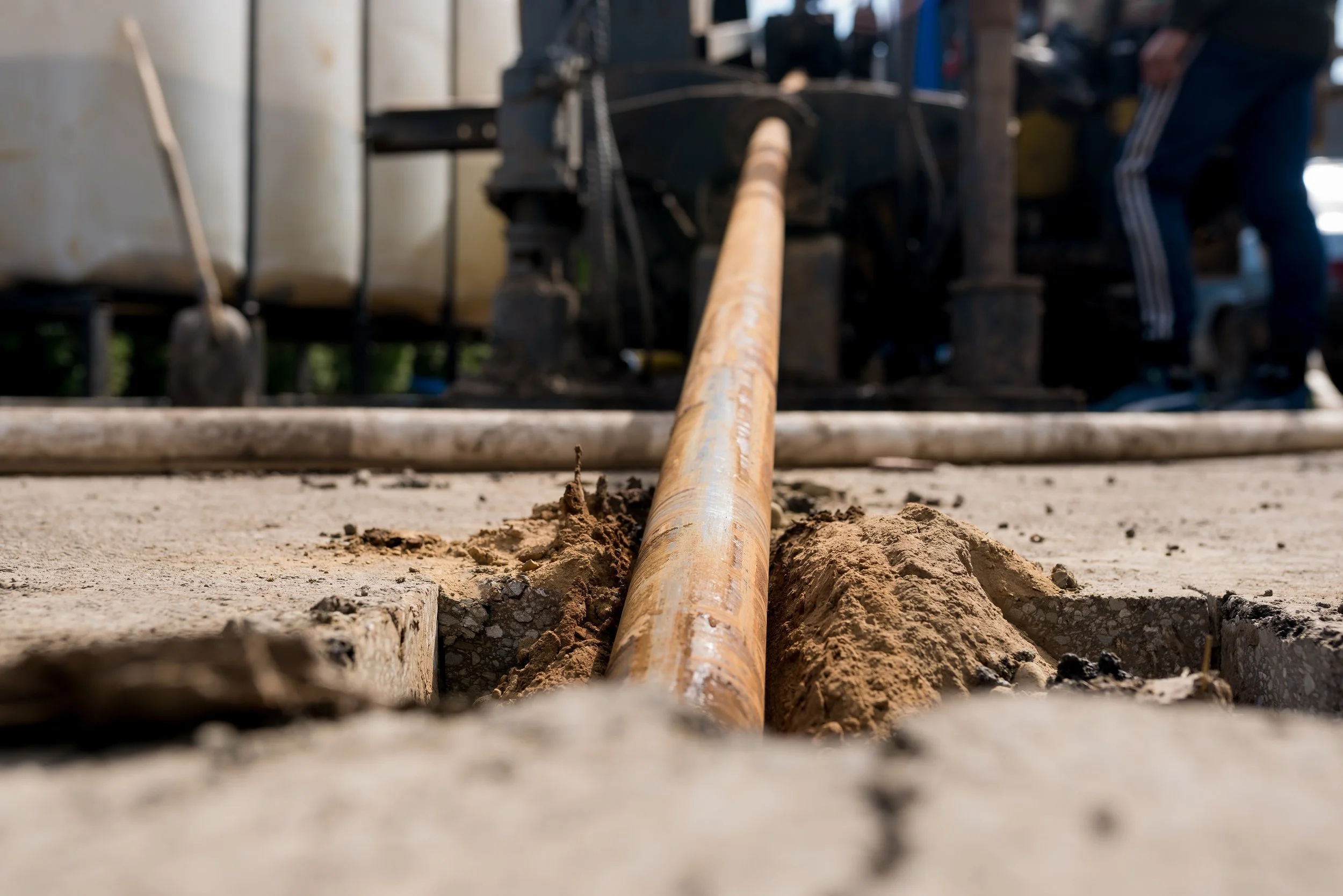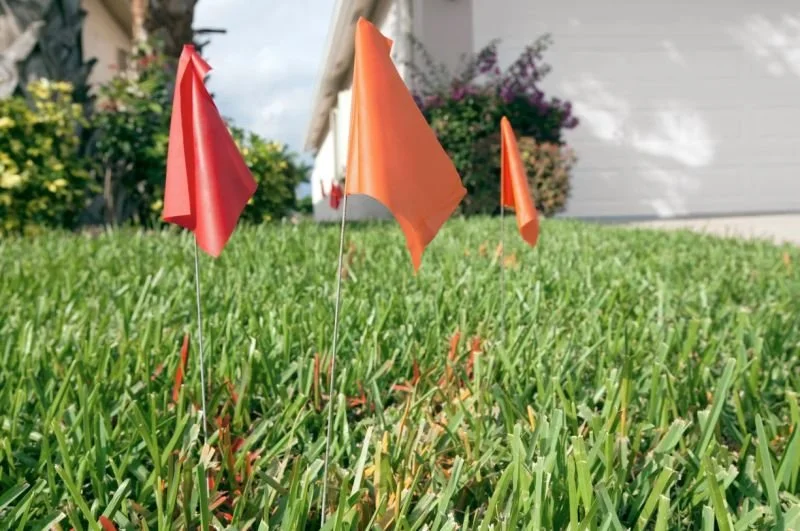
Trenchless Technology 101: The Future of Utility Construction
As infrastructure networks expand, the need for smarter, less disruptive construction methods has never been greater. Traditional open-cut trenching isn’t always practical, especially when utilities need to cross beneath roads, railways, waterways, or well-established neighborhoods.
That’s where trenchless technology comes in. These modern boring and drilling methods allow crews to install, repair, or replace underground utilities with minimal surface disruption, protecting both the environment and the communities we serve.

What Is Horizontal Directional Drilling (HDD)? Your Complete Guide to Trenchless Construction
When underground utility work collides with crowded streets, existing infrastructure, or sensitive environments, traditional trenching isn’t always the right answer. That’s where Horizontal Directional Drilling (HDD) comes in.
At Modus, HDD is one of our most important tools. It gives our crews the flexibility to install fiber and other utilities efficiently while minimizing disruption to communities and protecting the bottom line.

How to Work Around Utility Locate Delays and Protect Your Bottom Line
Delayed locates can stop a job in its tracks. Here’s how to keep projects moving while staying safe and compliant.
If you work in underground construction, you already know the pain of utility locate delays. Whether it’s waiting on 811, dealing with incomplete markings, or navigating rescheduled tickets, these delays add up fast. What may seem like a minor inconvenience can quickly become a major hit to your project timeline and your bottom line.

HDD vs. Trenching: Finding the Right Tool for the Job
The success of any underground utility project depends on choosing the right method from the start. Here’s how we help clients make that call.
There is a wide range of utility installation services tailored to the unique needs of each site. Three of the most common approaches for underground installation are horizontal directional drilling (HDD) trenching, and plowing. While all three methods are effective, knowing when to use each can save time, reduce costs, and prevent unnecessary disruption to the surrounding environment.

How We Keep Fiber Projects Moving When Utility Locates Stall
Anyone in underground construction knows that delayed or ignored utility locates are one of the most common and frustrating setbacks on a job site. Whether you’re prepping for a fiber install or planning a complex bore, waiting on tickets can throw off your entire schedule, and cost real time and money.
At Modus Utility Group, we face this challenge regularly. But instead of waiting around, we’ve built a proactive system to protect our crews, stay compliant, and keep projects on track.
